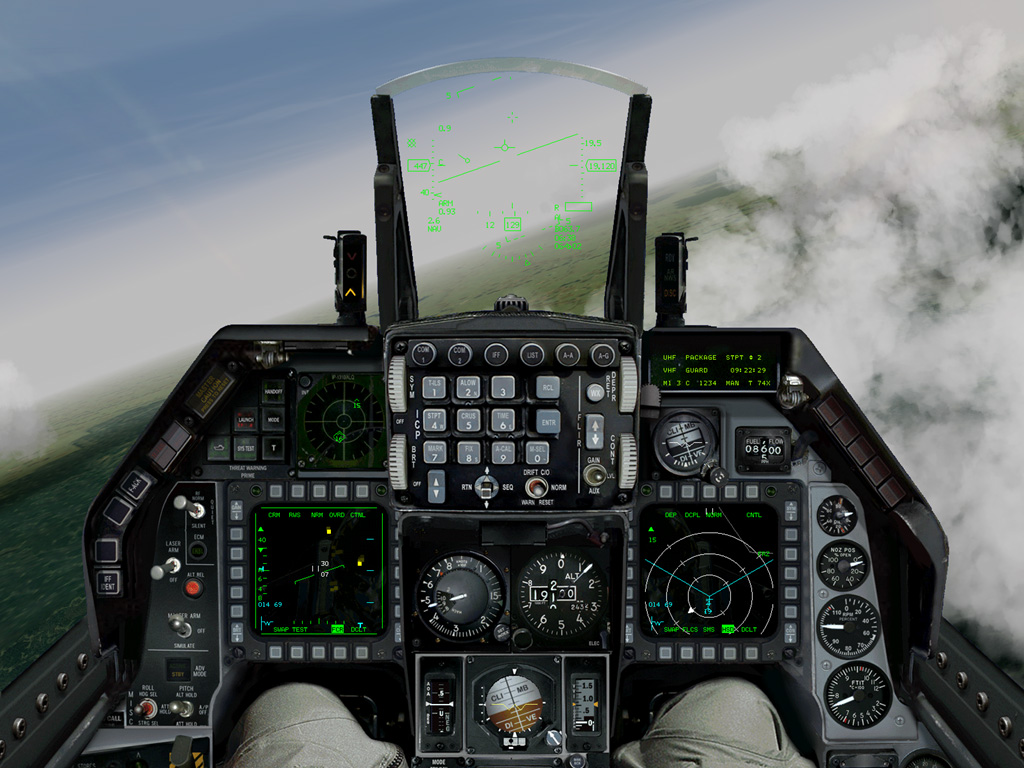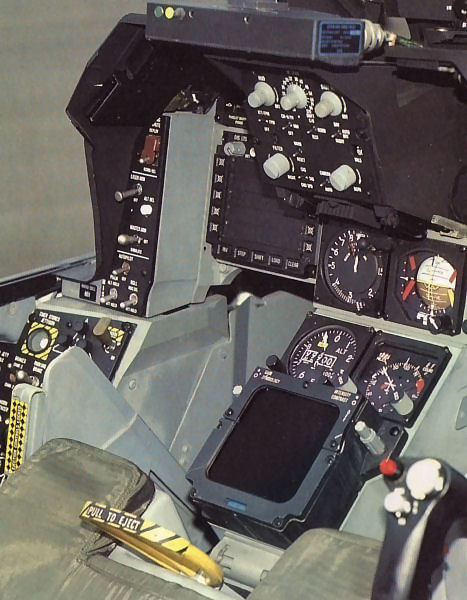

Selection of finalists and flyoffĪ right-side view of a YF-16 (foreground) and a Northrop YF-17, each armed with AIM-9 Sidewinder missilesįive companies responded, and in 1972, the Air Staff selected General Dynamics' Model 401 and Northrop's P-600 for the follow-on prototype development and testing phase. This production plan, though, was only notional, as the USAF had no firm plans to procure the winner. The anticipated average flyaway cost of a production version was $3 million. This was the region where USAF studies predicted most future air combat would occur.

The request for proposals issued on 6 January 1972 called for a 20,000-pound (9,100 kg) class air-to-air day fighter with a good turn rate, acceleration, and range, and optimized for combat at speeds of Mach 0.6–1.6 and altitudes of 30,000–40,000 feet (9,100–12,000 m). As a result, in May 1971, the Air Force Prototype Study Group was established, with Boyd a key member, and two of its six proposals would be funded, one being the Lightweight Fighter (LWF). The Advanced Day Fighter concept, renamed F-XX, gained civilian political support under the reform-minded Deputy Secretary of Defense David Packard, who favored the idea of competitive prototyping. Īir Force F-X proponents remained hostile to the concept because they perceived it as a threat to the F-15 program, but the USAF's leadership understood that its budget would not allow it to purchase enough F-15 aircraft to satisfy all of its missions. In the late 1960s, Boyd gathered a group of like-minded innovators who became known as the Fighter Mafia, and in 1969, they secured Department of Defense funding for General Dynamics and Northrop to study design concepts based on the theory. Boyd's work called for a small, lightweight aircraft that could maneuver with the minimum possible energy loss and which also incorporated an increased thrust-to-weight ratio. Based on his experiences in the Korean War and as a fighter tactics instructor in the early 1960s, Colonel John Boyd with mathematician Thomas Christie developed the energy–maneuverability theory to model a fighter aircraft's performance in combat. Main article: Lightweight Fighter programĮxperiences in the Vietnam War revealed the need for air superiority fighters and better air-to-air training for fighter pilots.

Over 4,600 aircraft have been built since production was approved in 1976. Designed as an air superiority day fighter, it evolved into a successful all-weather multirole aircraft. The General Dynamics F-16 Fighting Falcon is a single-engine multirole fighter aircraft originally developed by General Dynamics for the United States Air Force (USAF).


 0 kommentar(er)
0 kommentar(er)
